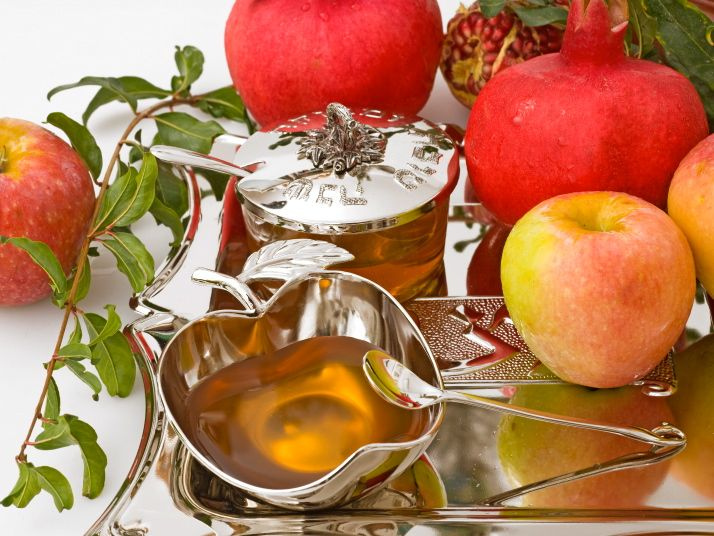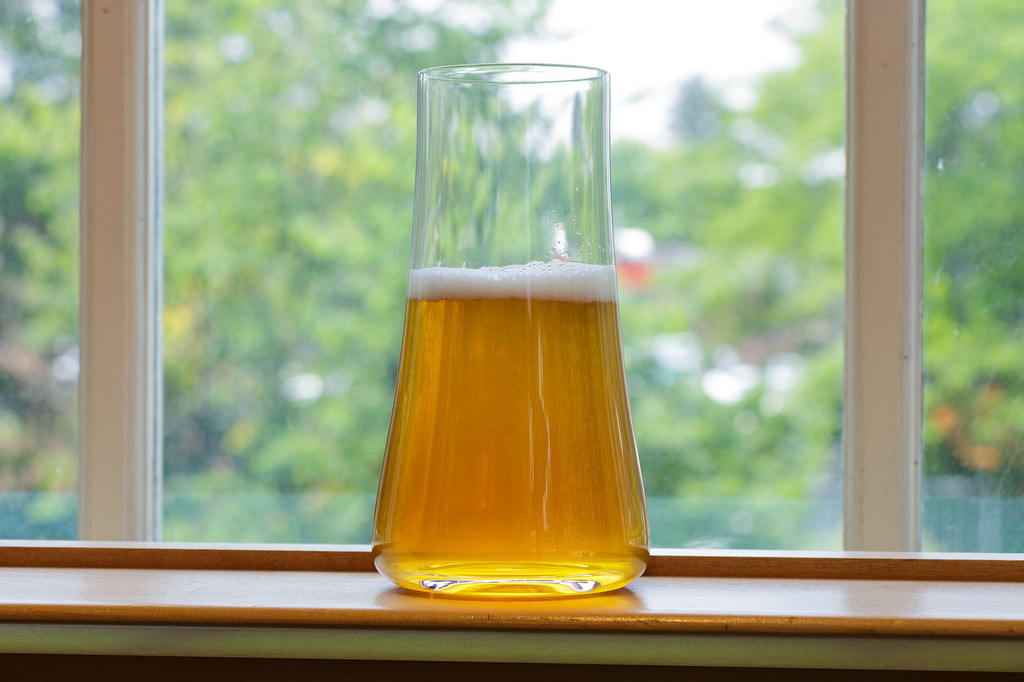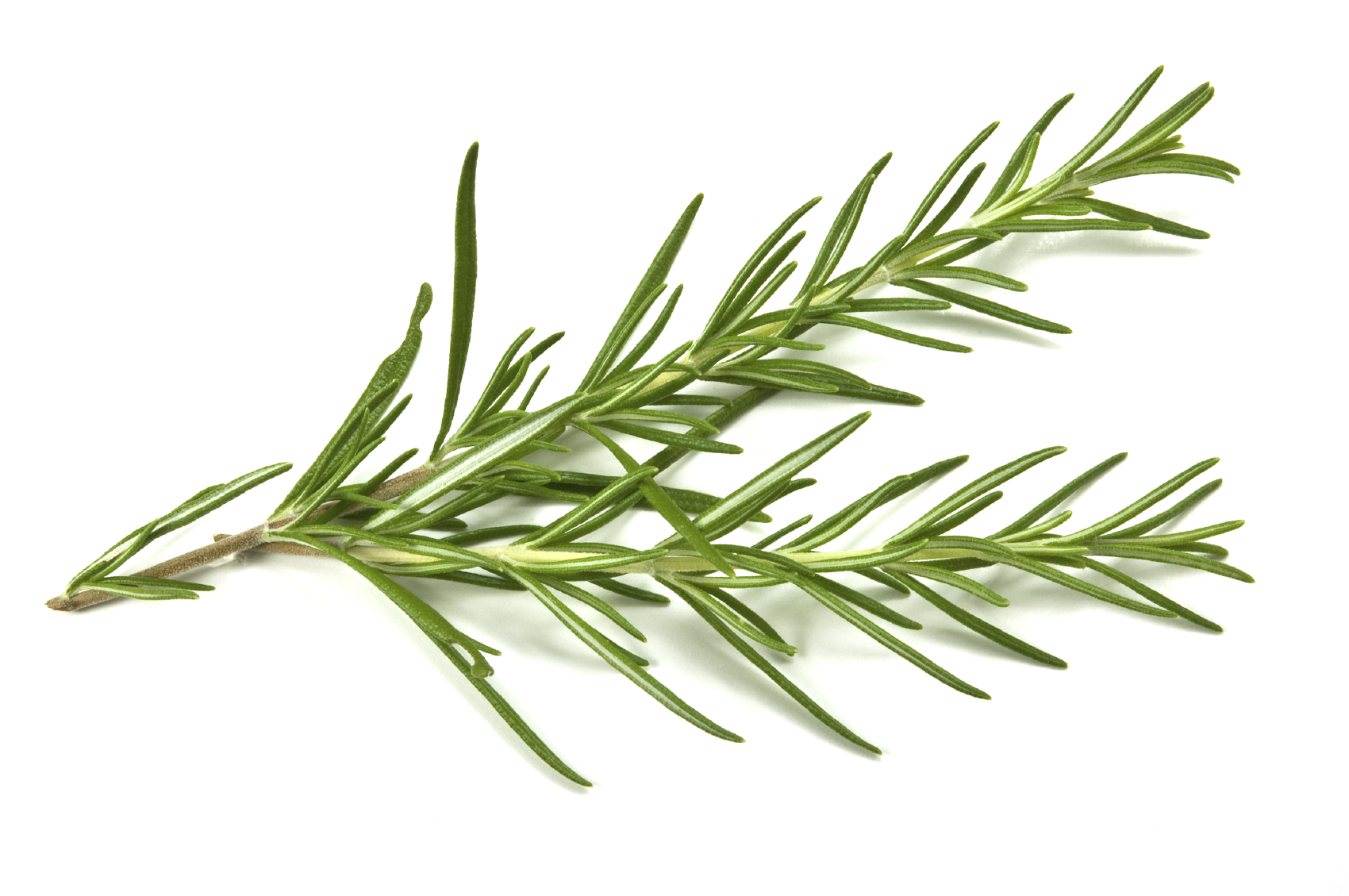You sense allergic reactions when your body’s immunity system reacts to the allergens in the air or food and medications you consume. While avoiding the allergy-causing agents is the best way to stay healthy, nature has several foods that can help protect you against the symptoms. And, one of the most effective remedies is apple cider vinegar for allergies. ACV has strong properties that help lower inflammation levels in the body. And, that’s how it can reduce the body’s reactions to the allergens.
Drinking Apple Cider Vinegar for Allergies
If you typically develop the symptoms during specific seasons of the year, the best way to use ACV is to drink a teaspoon with a glass of water each morning or 2 to 3 times a day, and remain comfortable all through the day. Experts recommend that in place of getting the purified version of apple cider vinegar for allergies, you may want to opt for the organic, unfiltered version that contains colonies of beneficial bacteria also called “The Mother.” You can identify this version by its slightly cloudy appearance. Here’s another tip. If you think that the acidic content of ACV irritates your stomach, add a little baking soda.
There are several other methods of using the therapeutic properties of apple cider vinegar. Read ahead to understand some of them:
Using Apple Cider Vinegar as a Nasal Rinse
Even when taken orally, apple cider vinegar can help by loosening the mucus produced in your nose, throat, and lungs. But, for more effective results, consider using the liquid as a nasal rinse. Here’s how:
- Make a solution with one-fourth teaspoon of ACV and 8 ounces of warm water.
- Shake thoroughly and then fill a neti pot.
- Stand over the sink and tilting your head to one side, pour the liquid into one nostril letting it drain out from the other. Expect some amount of irritation.
- If you sense some of the liquid running down your throat, cough it up.
- Blow out your nose to remove the excess solution.
- Now repeat these steps with the other nostril.
If you think you can tolerate a higher dose, consider adding half a teaspoon or 1 teaspoon of apple cider vinegar for allergies of the sinuses.
Using Apple Cider Vinegar with Honey

For more beneficial results, add a teaspoon of organic honey to a glass of warm water along with a teaspoon of apple cider vinegar for allergies and you’ll note long-term relief from the symptoms.
Making a Tonic with Apple Cider Vinegar
You can create this tonic and store it before the allergy season starts. It takes about 2 to 6 weeks of fermentation to have this concoction ready. But, once you have it, drinking an ounce each day is sure to give you relief from the symptoms.
You’ll need equal quantities of:
- Fresh Horseradish (grated)
- Fresh Ginger (grated)
- Garlic Cloves (chopped)
- Onion Bulbs (chopped)
- Green Herbs (Thyme, Rosemary, Sage, Basil)
- Cayenne Peppers (chopped)
- 1 Bottle Raw Unfiltered Apple Cider Vinegar
Method:
- Take a clean glass mason jar and add the ingredients save for the ACV until the jar is about three-quarters full.
- Top with the apple cider vinegar gradually up to an inch from the rim of the jar.
- Close the lid tightly and shake.
- Place in a cool dark place and allow to ferment. Shake the jar twice a day.
- Allow the concoction to stand for 2 to 6 weeks.
- Strain and drink an ounce as needed.
To help you deal with the symptoms of any allergies you have, your doctor might recommend medications and taking certain precautions. Consider supplementing the advice with natural methods that can help by giving you relief.

